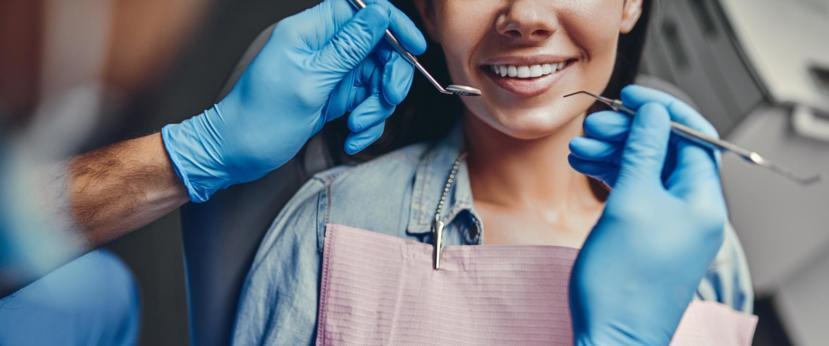Title: The Path to Becoming a Dentist: Steps and Requirements

Dr. Jayme A. Oliveira Filho (Dr. O) was born in Brazil on 1976. He finished his dental school at Federal University of Ceara School of Dentistry in 1999. Dr. O practiced dentistry in Brazil for 5 years until, where he did his post-graduation in dental prosthetics. He moved with his family to the United States in 2003 to... more
Introduction: Becoming a dentist is a rewarding and fulfilling career choice for those interested in oral health, patient care, and making a positive impact on people's lives. However, embarking on this professional journey requires dedication, perseverance, and a commitment to lifelong learning. In this article, we outline the essential steps and requirements to follow on the path to becoming a dentist.
Step 1: Earn a Bachelor's Degree: The first step towards becoming a dentist is to complete a bachelor's degree. While no specific major is required, aspiring dentists often pursue a science-related field such as biology, chemistry, or biochemistry. It is essential to maintain a strong academic record during undergraduate studies, as dental schools are highly competitive and prioritize applicants with excellent grades.
Step 2: Take the Dental Admission Test (DAT): To gain admission to dental school, aspiring dentists must take the Dental Admission Test (DAT). This standardized exam assesses applicants' knowledge in areas such as natural sciences, perceptual ability, reading comprehension, and quantitative reasoning. A good score on the DAT is crucial for acceptance into dental school.
Step 3: Complete a Doctor of Dental Surgery (DDS) or Doctor of Dental Medicine (DMD) Program: After successfully completing the DAT, the next step is to enroll in a dental school accredited by the Commission on Dental Accreditation (CODA). Dental schools offer either a Doctor of Dental Surgery (DDS) or Doctor of Dental Medicine (DMD) program, which typically lasts four years. During dental school, students receive comprehensive education and training in various dental specialties, including anatomy, physiology, oral pathology, radiology, dental materials, and clinical practice.
Step 4: Obtain Licensure: Upon graduation from dental school, aspiring dentists must obtain a license to practice. Licensure requirements vary by state or country but typically involve passing a written and clinical examination. The National Board Dental Examinations (NBDE) and regional or state-specific licensing exams assess the candidate's knowledge, clinical skills, and competency in dentistry.
Step 5: Consider Specialization (Optional): After obtaining a dental license, dentists have the option to pursue specialized training in specific areas of dentistry. Specializations, such as orthodontics, periodontics, endodontics, oral and maxillofacial surgery, or pediatric dentistry, require additional years of postgraduate education and residency programs.
Step 6: Continuing Education and Professional Development: As in any healthcare profession, dentistry requires a commitment to lifelong learning and professional development. Dentists are encouraged to participate in continuing education courses, attend conferences, and stay updated on the latest advancements and techniques in dentistry. This ongoing learning ensures that dentists provide their patients with the highest quality of care and remain current in their field.
Conclusion: Becoming a dentist is a rewarding and challenging journey that requires dedication, perseverance, and a passion for oral health. The steps to become a dentist include completing a bachelor's degree, taking the Dental Admission Test (DAT), enrolling in an accredited dental school, obtaining licensure, and considering specialized training if desired. Lifelong learning and professional development are also crucial for dentists to stay abreast of advancements in their field. With commitment and a genuine desire to improve oral health, aspiring dentists can embark on a fulfilling career dedicated to patient care and the promotion of healthy smiles.








